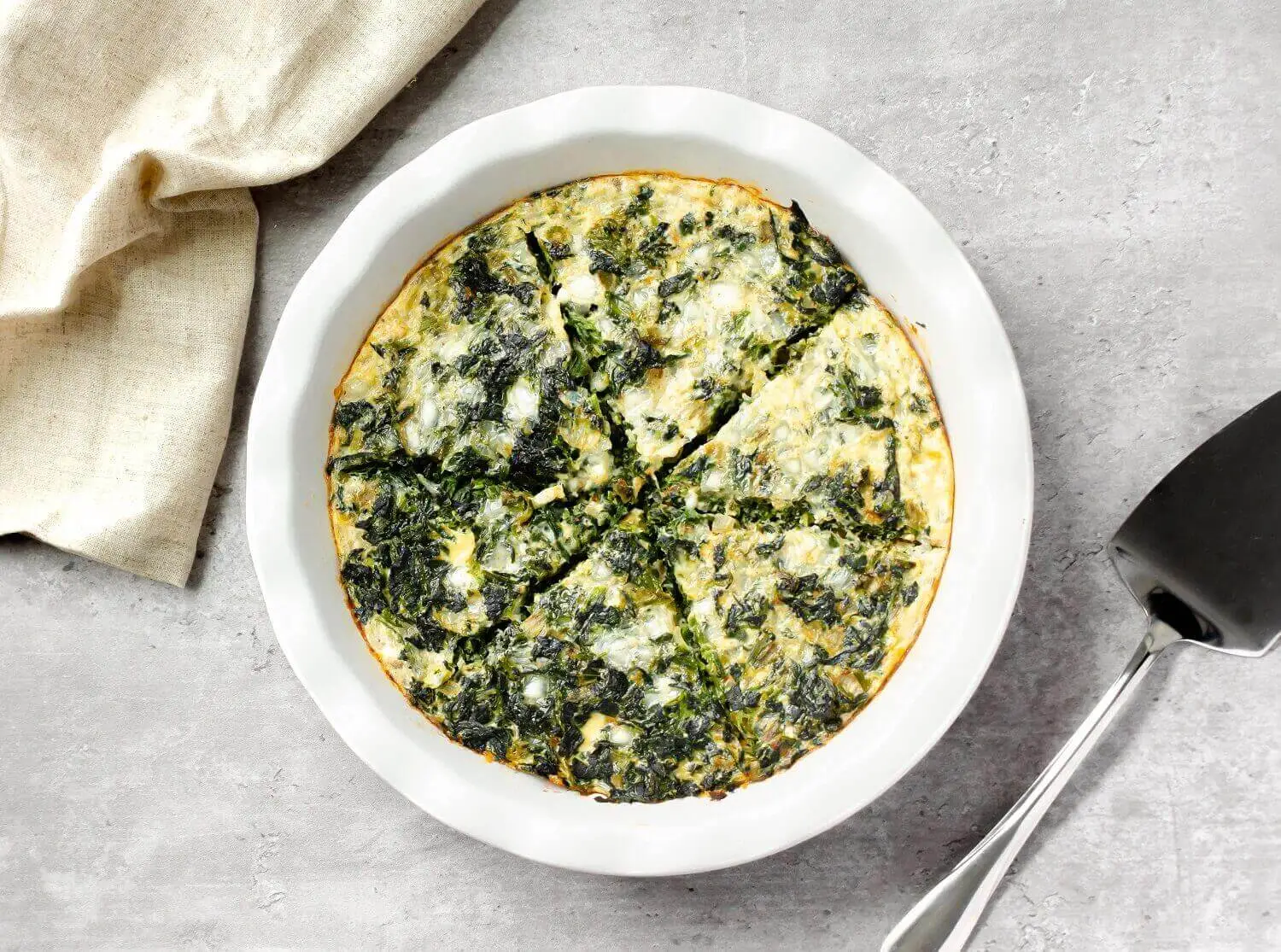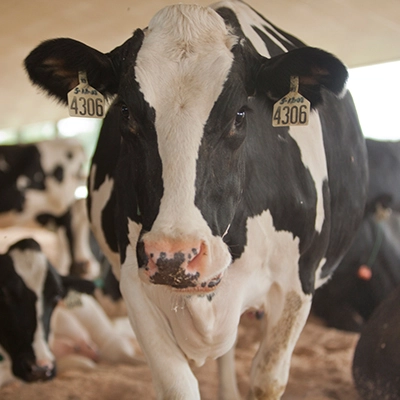Cow Power: From Manure to Energy
As renewable energy continues to become a major focus for many as a way to help reduce greenhouse gases trapped in the atmosphere, the next big solution may come from the dairy farm, especially when it comes to methane from cows.
Every time a cow belches or poops, it comes with a release of methane, a greenhouse gas. The help mitigate those effects, some dairy farmers use “cow power,” among other sustainable practices like manure management, as a way toward a greener planet. Cow power is the conversion of methane gas from cows used for energy into usable biogas energy, an alternative renewable energy source that can supplement electric power for entire communities.
How Energy Can be Converted From Cow Manure
Dairy farmers start by feeding their dairy cows a diet that reduces methane, consisting of ingredients like oil seed, almond hulls and spent grain. This cow diet to reduce methane is crucial in minimizing the environmental impact and maximizing the production of energy from cow manure, which is a key component of natural renewable energy. By using these byproducts that come from plant-based agriculture, dairy farmers are minimizing food waste from landfills and reducing overall methane emissions. After that, some farmers use a biodigester to break down cow waste and capture energy from the manure. Anaerobic digestion is a natural process in which micro-organisms break down organic materials like cow manure or food waste. This happens in a closed space where there’s no oxygen, like in a digester.There, bacteria break down the cow manure and food waste, creating biogas, which can be used for electricity, heat, compressed natural gas and even vehicle fuel.
Exploring Renewable Energy Alternatives on Dairy Farms
The U.S. dairy industry is committing to achieving greenhouse gas neutrality by 2050 through the adoption of renewable energy alternatives such as biogas energy from cow power. Cow power is one important step to help hit that 2050 GHG neutrality goal, but it’s not the only thing the dairy industry is committing to for a more sustainable future. According to The Innovation Center for U.S. Dairy, the industry’s sustainability goals are on target to advance dairy’s role in building a sustainable future by:
- Achieving GHG neutrality or better by 2050 using today’s science and sustainable innovations;
- Optimizing water use to account for regional differences in sourcing as well as maximizing water recycling; and
- Improving water quality to increase soil health by using nutrient-rich manure that dairy cows produce via their methane-reduced diet and four-chambered stomach.
This story originally appeared on Vox.















